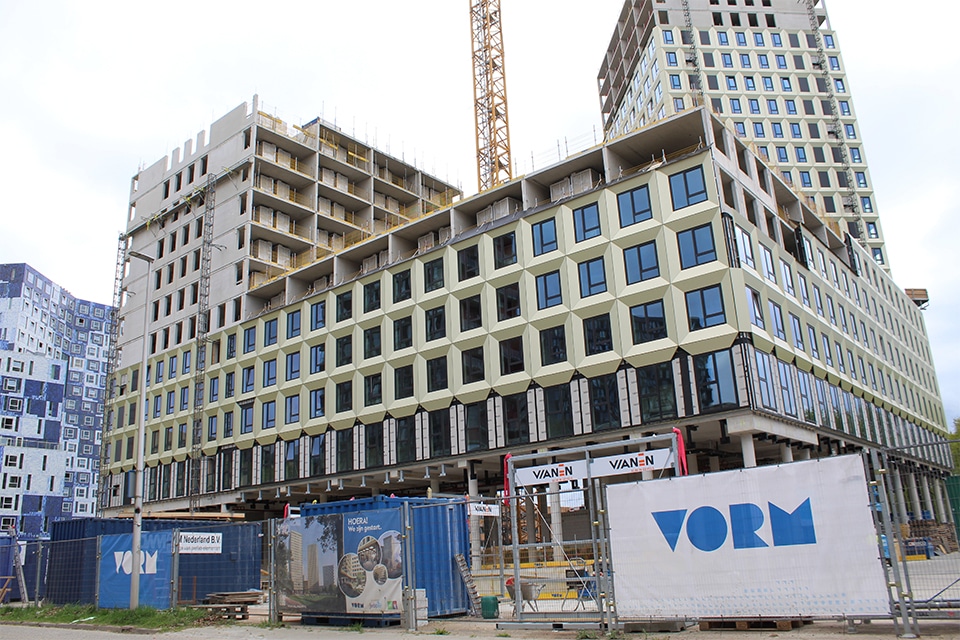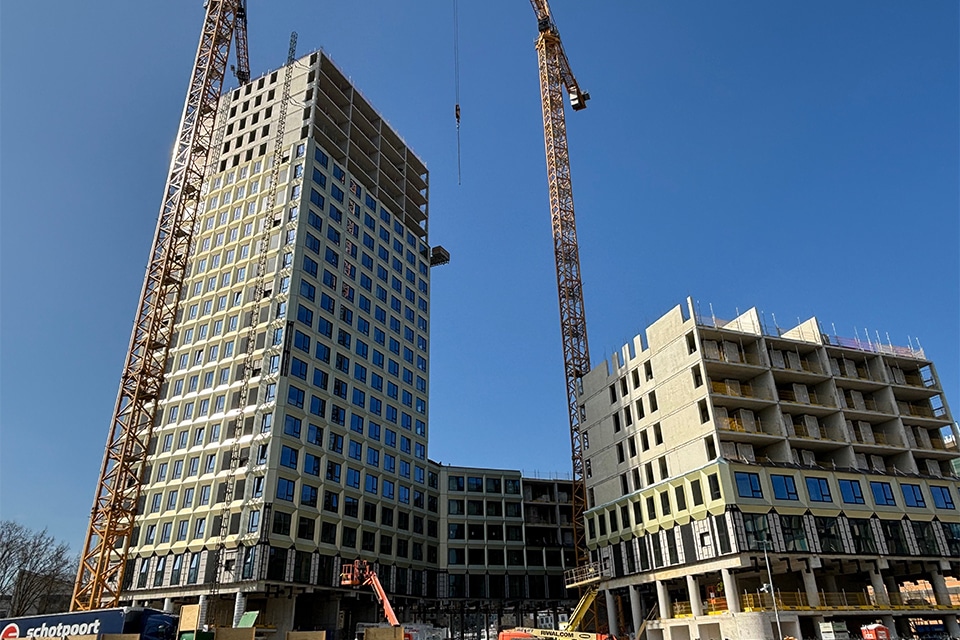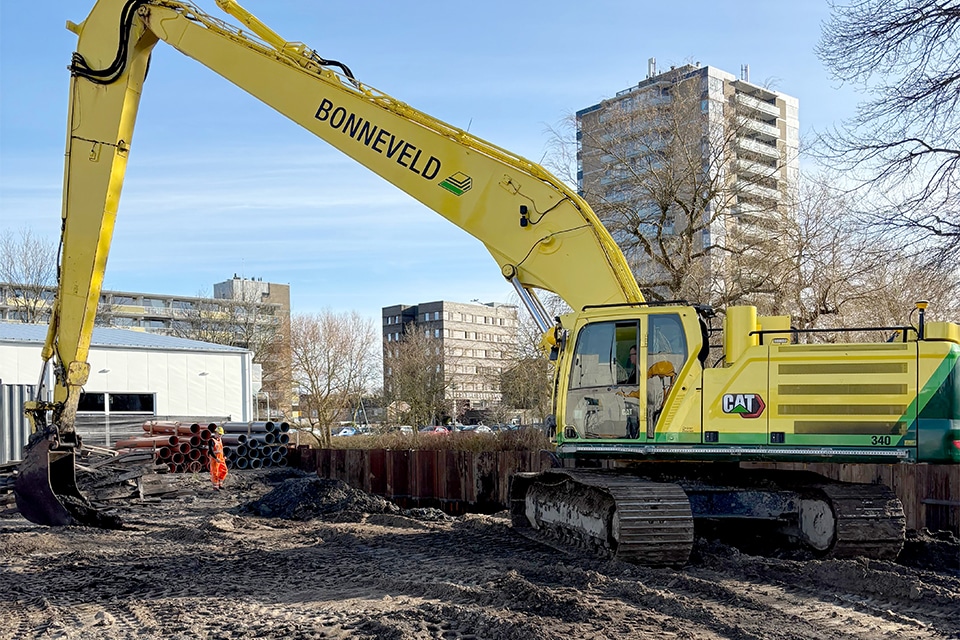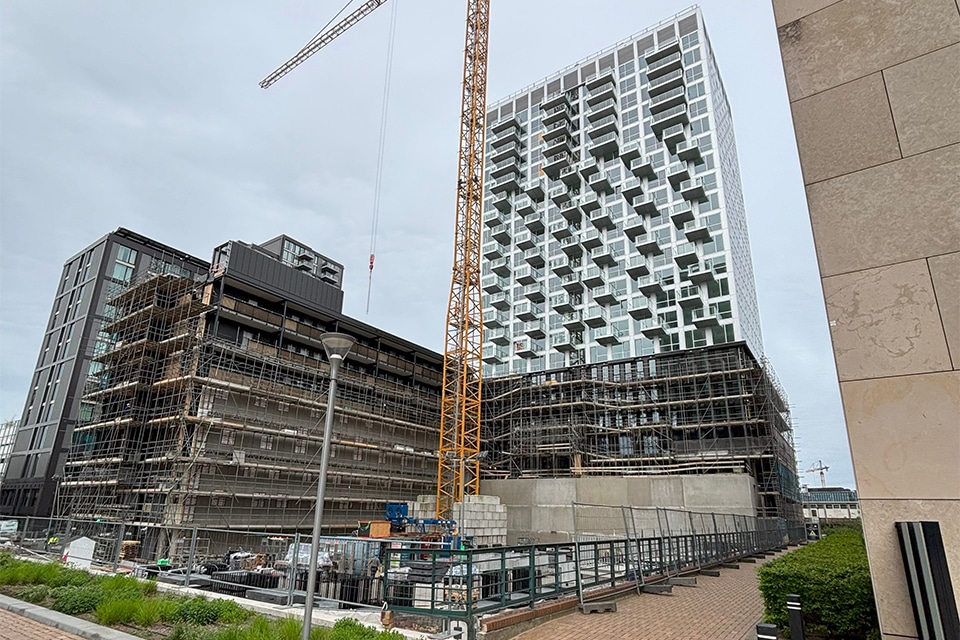
H&S coordination design phase mandatory in construction projects
Building safety starts with responsible commissioning. But who is that principal: the building owner, developer or contractor? And what do we mean by responsible principalship? "Principalship is guaranteed in laws and regulations," says senior consultant Max Oostendorp of Aboma. It is mandatory to draw up a project-specific Health and Safety Plan as early as the design phase. Aboma can support clients with coaching and training, such as for the V&G coordinator design phase.

The legal principal is the one "on whose behalf and/or on whose initiative a structure is brought into being. This may be a developing builder, a property developer, or the building owner. However, the construction process is an interplay of shared responsibilities and agreements. "Contractors are generally already further along than clients when it comes to H&S coordination. Fortunately, we also see more and more developers and clients in our training and coaching programs. When it comes to training, for example, we have even been allowed to train the Labor Inspectorate," says Oostendorp, who came to Aboma as a consultant from various KAM positions. "Safe construction and maintenance starts in the design phase and should be project-specific; safety starts at the front end." Prevention is everything in safety issues, it goes without saying. "Nobody wants to act after an accident or provide a structure after completion with safety measures that could have been thought of in the design phase. It is necessary to work together on construction safety at the front end. That is responsible commissioning, defined as the client adequately fulfilling the legal obligations and taking integral responsibility in verifying the safe completion of the structure."
Design review
Among other things, Aboma coaches construction parties and trains people, for example to become H&S coordinators. Sometimes delegated to the architect; sometimes an external party is brought in. "But note, the client remains responsible. The question is whether or not the client has sufficient construction expertise," Oostendorp continues. "For example, you see with housing corporations and municipalities that that expertise is outsourced. Customized coaching or training is important." Aboma offers a two-day training course to become a V&G coordinator. The first day is spent on laws and regulations and examples, the second on design review of an existing project. Quite challenging. "The design review can provide timely insight into a hazardous situation during construction or during operation and maintenance. Students are guided in making the trade-offs to arrive at good choices that prevent the hazard. An example is the safe makeability of the structural skeleton or the ability to perform safe maintenance on roof or facade. Another example: the building owner is responsible for the necessary safety provisions. If these are missing and the contractor does not sound the alarm in the event of an unsafe situation and something happens, then as an employer he is in principle responsible. Then the enforcer asks the question: did the client make provisions for safe maintenance? It would be desirable for contractors to refuse the job more often and address the provisions to be made." Even more desirable, of course, is for principals to prevent unsafe situations. "Aboma can help with that, with coaching and training programs."



